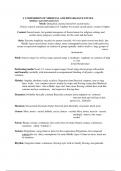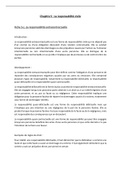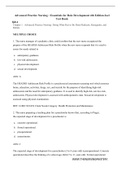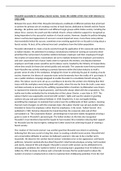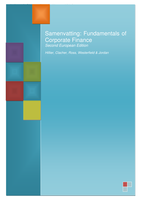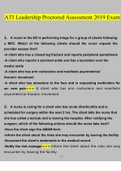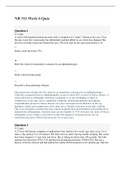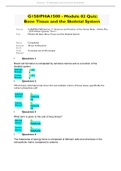Notes de cours
Music Literature 120 Stylistic Characteristics Comparison of Medieval & Renaissance Music
- Cours
- MUS 120
- Établissement
- William Rainey Harper College
This document compares the characteristics of the Medieval and Renaissance music. Characteristics include mood, content, style, pitch performing media and sonority, melody, dynamics, harmony, genre, forms, texture, rhythm, and tonality.
[Montrer plus]
